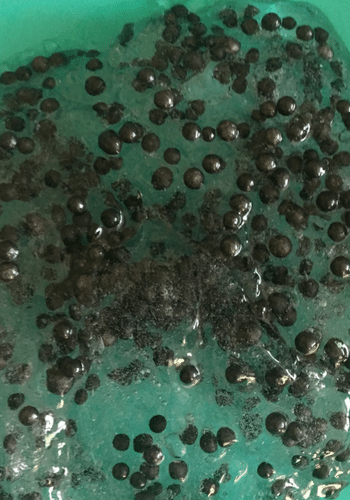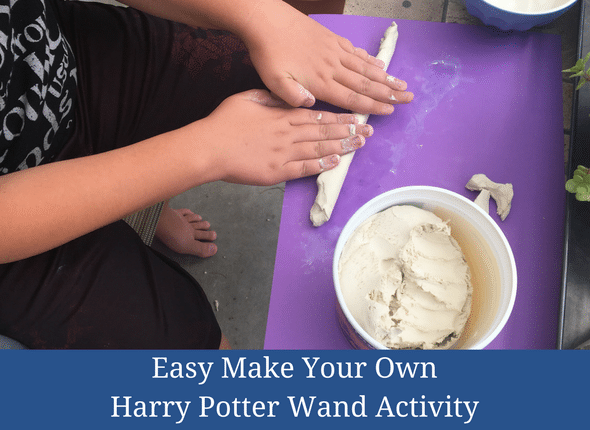Sensory Slime Activity For Tactile Defensiveness (and having fun!)
My son has been showing increasing sensory sensitivities for about a year now.
He used to be my “seeker.”
He would play in the mud (and by play, I mean cover himself from head to toe) anywhere and everywhere. I never had to worry about him not wanting to touch certain things or pick up bugs. In fact, he would often be the one we would call when we needed something kinda gross taken care of.
The past year has changed all that. Call it hormones. Call it the progression of his diagnoses. Call it something new that we have yet to uncover.
No matter what is causing it, the reality is that my youngest is now just as tactile defensive as his older brother, maybe more.
It wouldn’t be a big deal, except that it is. He loves doing things that require tactile input. Walking barefoot in the grass, finger painting, washing the dog – all of these have become unbearable.
Because my oldest completed years of occupational therapy, I knew there were some activities we could do at home to help him feel more comfortable.
Friday Fun-Day became Sensory Slime Day this week.
Affiliate links are included below for slime supplies.
Friday Fun-days: 52 weeks of Easy For Mom Activities
My goal for this activity was to give my son as many different options for sensory input as possible. In order to make this as easy as possible on me, I used Amazon for everything.
What You’ll Need For This Activity:
Water
School Glue (we used clear and white)
Floam Beads(this bag is huge – you will be able to make slime with texture all summer!)
Soft Clay (also called butter slime on some sites)
Basic Slime Recipe
- 1 oz. glue and ¼ cup water. If you want colored slime, add food coloring to the glue and water mixture. Lift some of the solution out of the container with the stir stick and note what happens.
- Add ¼ cup of Borax Solution to the glue and water mixture and stir slowly.
- The slime will begin to form immediately. Lift some of the solution with the stir stick and observe how the consistency has changed from Step 1.
- Stir as much as you can, then dig in and knead it with your hands until it gets less sticky. (This is the sensory input part!)
The Science Of Slime
We used the Home Science Tools site to understand the chemistry involved in this process.
The glue has an ingredient called polyvinyl acetate, which is a liquid polymer. The borax links the polyvinyl acetate molecules to each other, creating one large, flexible polymer. This kind of slime will get stiffer and more like putty the more you play with it. Experiment with different glues to see if they create slime (e.g., carpenter glue, tacky glue, etc.).
Sensory Slime For Tactile Defensiveness (and fun!)
The most important part of the activity was allowing my son to do the mixing and experiment with different textures. Because he has been very resistant to anything on his hands lately, we started with latex gloves and then slowly moved to touching and feeling all the different options.
The soft clay felt strange to him, so after adding the floam beads to it, he decided to make clear slime with black floam beads to try to trick his brother into believing it was caviar (my kids have seen way too much Food Network).
This was a great way to end our week. My son was really looking forward to it (he actually had trouble falling asleep the night before because he was so excited we were making slime in the morning – sweet boy) and the activity itself did not disappoint.
And…his brother almost believed it was caviar.











